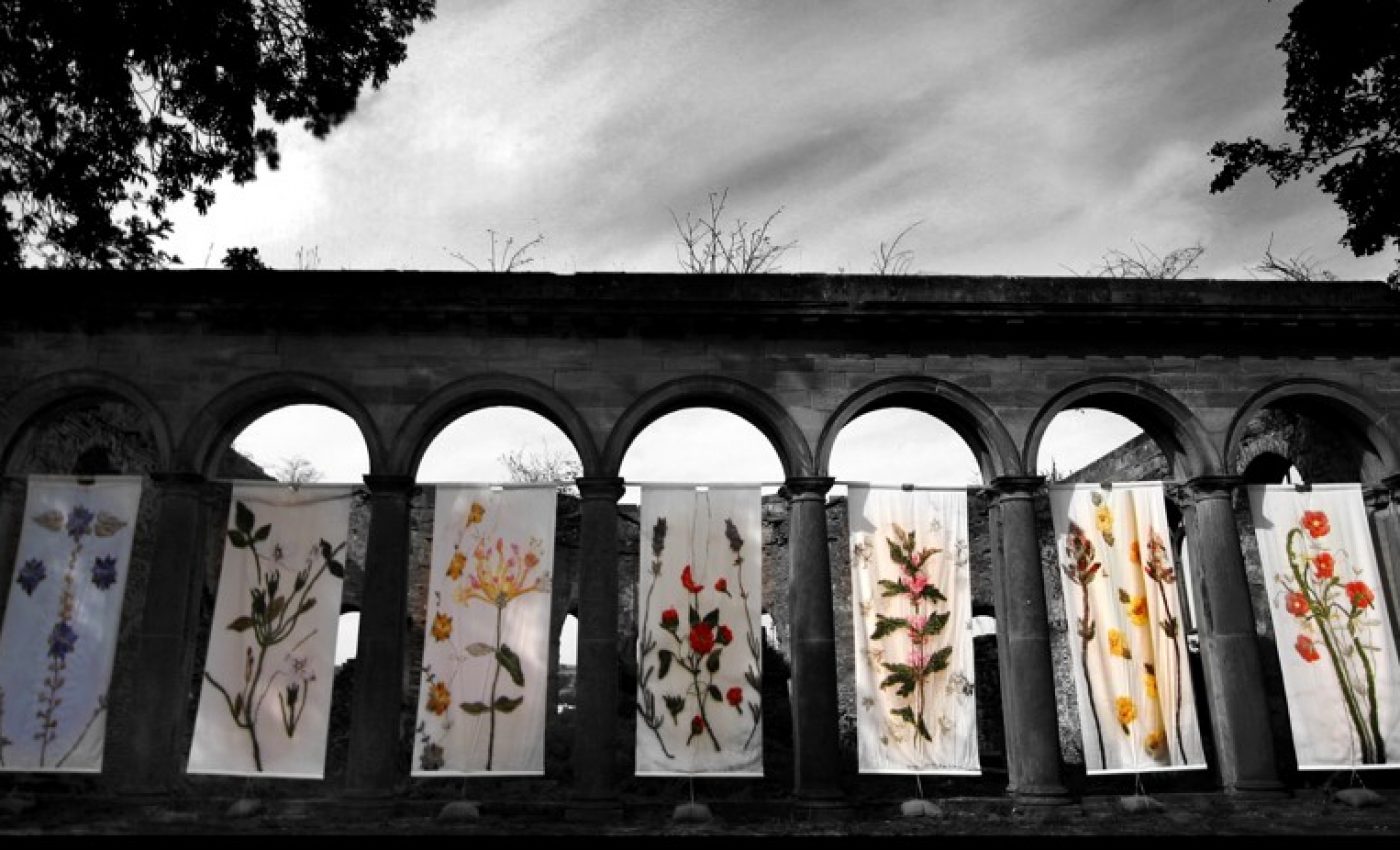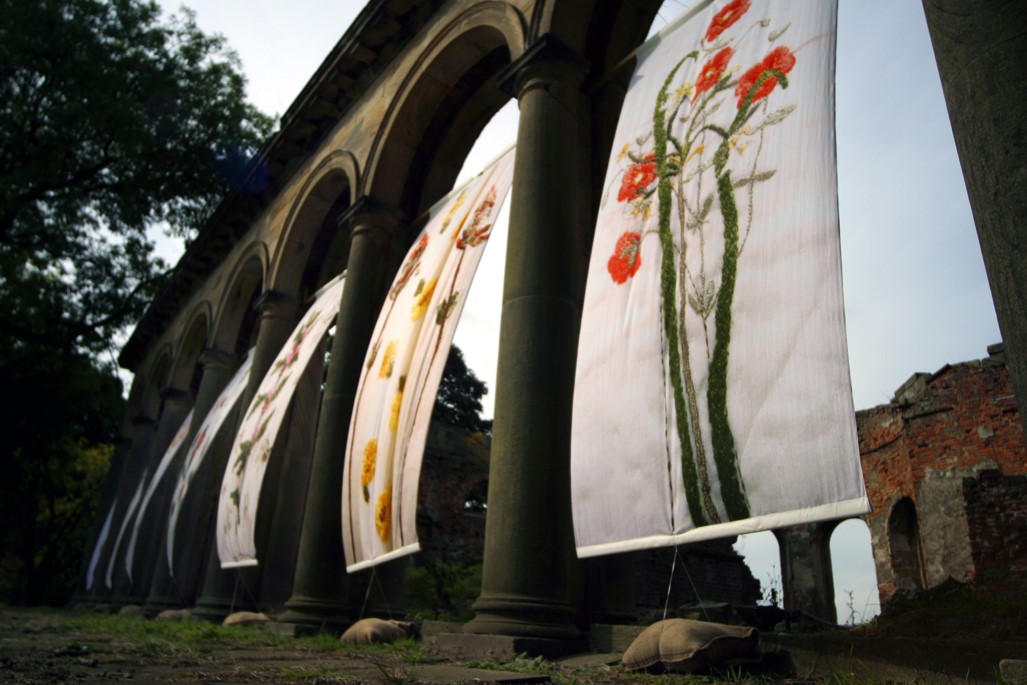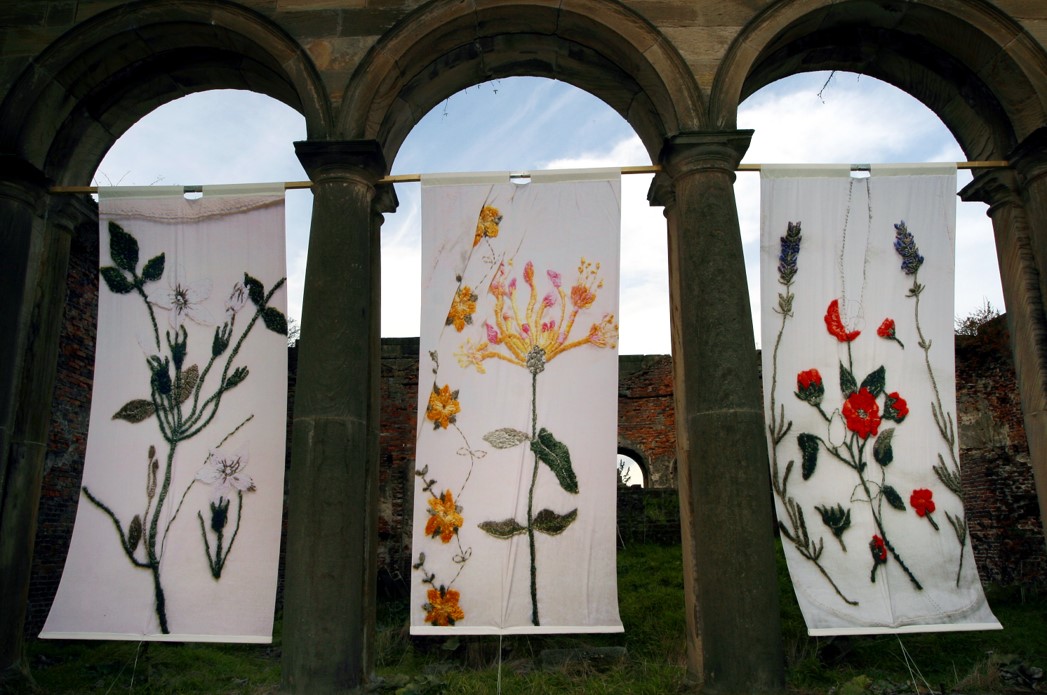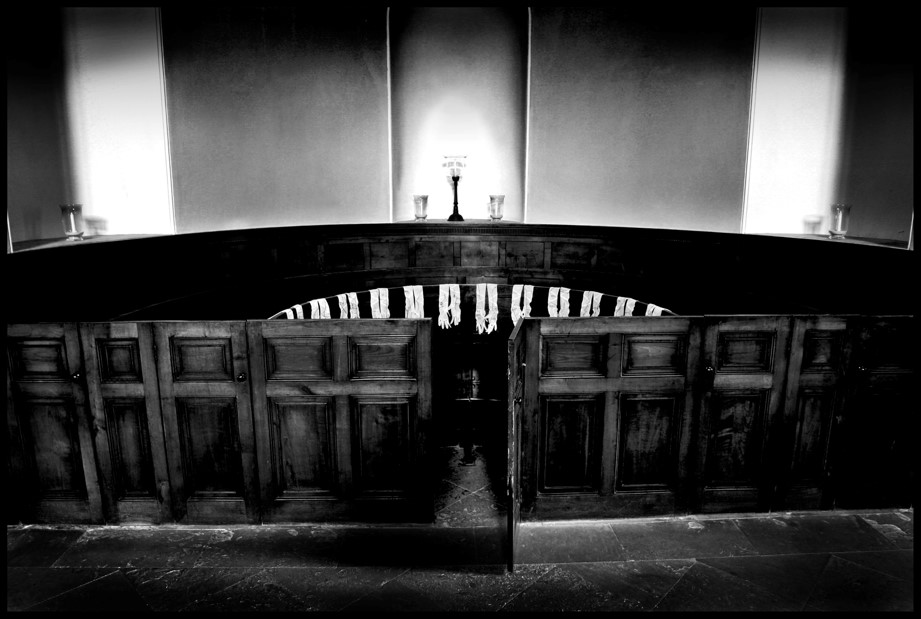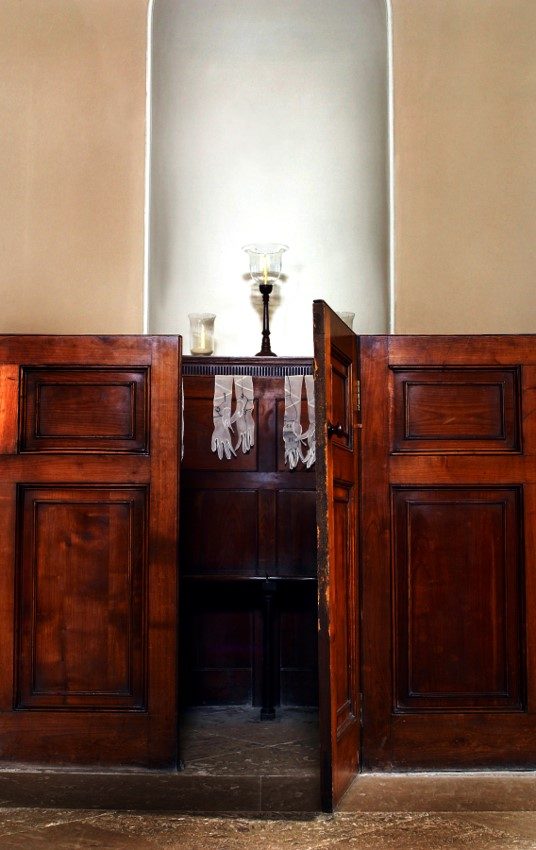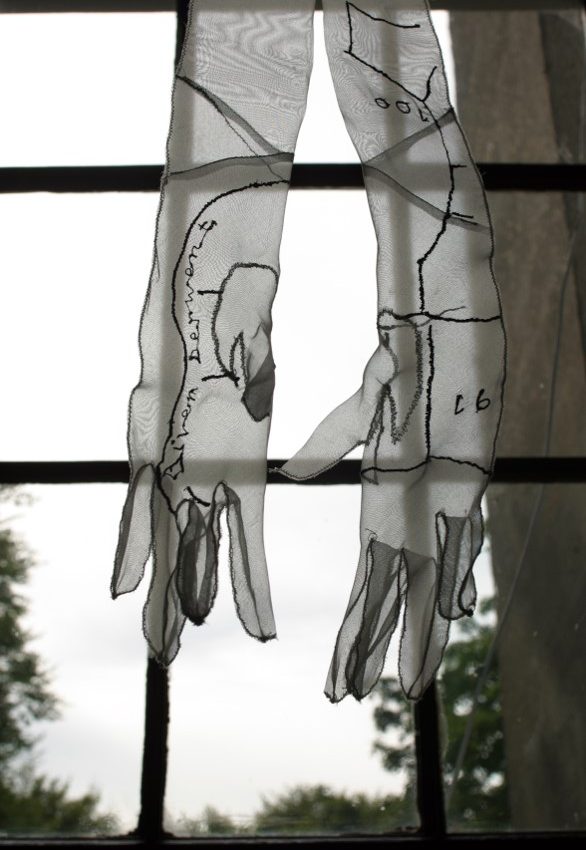‘Telltale’
Funders: Northumbria University Craft Research Fellowship, Arts Council England & Heritage Lottery Fund
Artists: Deirdre Nelson, Suzanne Langston-Jones and Clare Twomey
The ‘Telltale’ exhibition took place the National Trust’s Gibside Estate, located in the Derwent Valley in North East England. A series of temporary Craft installations explored the history of Gibside and its former residents.
Clare Twomey’s installation ‘Lost Rituals’ aimed to establish empathy with the building’s vulnerability whilst periodically revealing insights into the redundant history and rituals of the location.
Negative architectural spaces from the stable’s Palladian facades were reflected in the soft clay forms. Initially, these works suggested a sense of perfection, through the purity of the clay form, in contrast to the architecture they mirrored. These bodies of clay were however designed to erode naturally over time, their gradual demise revealed glimpses of more resilient porcelain forms. These forms were taken from objects that would have once been in daily use within the domestic and workshop environments of the stables, artefacts which held the lost stories of the former occupants’ lives.
Deirdre Nelson’s textile piece ‘Apotropaeic Cache’ played with ideas of deliberately concealed clothing. Folklore stated if clothing were placed at the entrance and exit points of a building, at time of construction or renovation, the clothing served to protect its inhabitants from evil.
The textile hangings presented an alternative story to that of the ‘unhappy countess’ – Mary Eleanor Bowes. Medicinal plants and in particular Bach flower remedies, which relate to emotional states, were selected to relate to episodes in Mary’s life. Each plant was hand-embroidered, referencing the botanical illustration and traditional costume embroidery of the 18th century. Through macro lens photography, each embroidered cloth was photographed and enlarged to then be digitally printed onto the banners. The process combined traditional craft skills with digital technology, fusing the historical and the contemporary.
‘Sense of Absence’ by Suzanne Langston-Jones is created with thirteen pairs of gloves for the empty pews of the Chapel. A physical, yet ethereal, a reminder of the pew’s former occupants – their absence apparent through the hollow emptiness of these garments.
The knowledge of our life stories is written through our hands, they can identify and provide insights to an individual’s identity, the gloves created for this piece reflected these identities through exposing hidden histories. Changing patterns within the surrounding landscape and forgotten trails were traced and re-interpreted to reveal the past.




